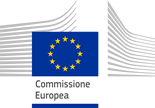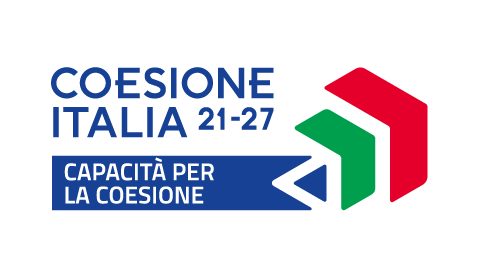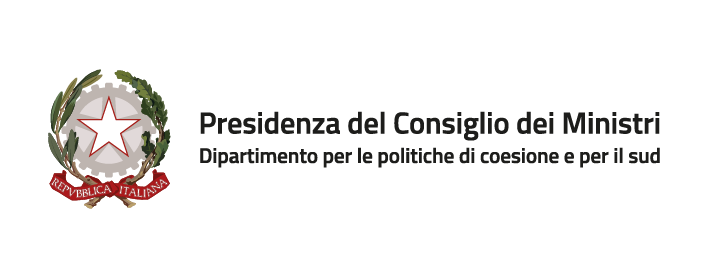The wooden walkway: ambition and delay
The project that our team has chosen to monitor is the one relating to the extension of the promenade of Campomarino Lido, which involves the creation of a wooden walkway that connects the most southern point of the promenade, called “Lungomare degli Aviatori”, up to “Via del Mare”. Through this data journalism article, our goal is to examine in detail whether and how the public funds have been spent, and what the local community thinks about it.
“Lungomare degli Aviatori”: a story of solidarity
The reason why “Lungomare degli Aviatori” is so called can be found by taking a look at its history. During the Second World War, Campomarino was home to five flight fields, the largest was called “Campo Biferno”. Built by US Army engineers in 1944, it was part of the Foggia Airport Complex. These airports were built to attack Yugoslavia, Albania and Greece. Biferno Airport, now “Lungomare degli Aviatori”, has been operating until the end of the conflict in 1945. It was used by various Allied Forces, including the Italian Air Force. Other camps, such as Madna and Ramitelli, contributed significantly to military history, generating axis of war and paving the way for the first black pilots of the US Air Force. The community of Campomarino hosted soldiers of different nationalities, showing a strong sense of solidarity during those difficult years. The history of Campomarino during the war is now preserved in the memory of the pilots, the planes and the community that contributed to the liberation from Fascist dictatorship.
ROP-Molise funds: comparative analysis
On 14 July 2015, the European Commission approved the Molise ERDF-ESF (European Regional Development Fund - European Social Fund) Operational Programme for 2014-2020 Programming. With an initial budget of € 129,030,262 (co-financed by the ERDF and ESF funds), the Programme aims to achieve the goals established by Europe 2020, divided into eleven axis of intervention; axis 5 (Environment, Culture and Tourism) is the one which concerns our project.There are nine projects financed in the entire region and seven in the province of Campobasso, financed by the Regional Operational Programme (ROP).
Three of these are intended for the redevelopment of Molise’s coast:
1.The redevelopment of the accesses to the northern shoreline's beach of Termoli (in progress)
2.The enhancement of the southern coast of Termoli (not started)
3.The extension of the Campomarino seafront (not started)
We discovered that these three operations are part of a larger project, called "Beach Plan", carried out by the municipalities of Campomarino, Termoli and Montenero di Bisaccia. The Beach Plan regulates all the transformations related to the urbanization works and the service infrastructures, as well as the intended use and the management of the beach.
We also analyzed the operation of the Municipality of Campomarino and discovered that it has received € 30,2 million intended to finance 121 projects. The 52.7% of them support the competitiveness of businesses, while only the 7.44% are allocated to the Culture and Tourism sector. We think that tourism could strongly contribute to the growth of the local economy so we are wondering why so few funds were destined for this purpose. (See: dynamic infographic)
(Source:https://opencoesione.gov.it/it/dati/progetti/?q=&selected_facets=ciclo_programmazione:2&territorio_com=70010&selected_facets=is_pubblicato:1 - file csv)
A little bit of data
From the Open Cohesion website we’ve learned that the operation, of an infrastructural nature (CUP E76E19000180006), is financed with funds from the Regional Operational Programme (ROP), financed by the European Regional Development Fund (ERDF) and the European Social Fund (ESF). Part of 2014-2020 programming, the project is related to axis 5 "Environment, Culture and Tourism". Eleven hectares of surface benefit from this intervention. The Municipality of Termoli is the main architect, while Campomarino is destined to reap the fruits. The construction of the walkway seems feasible thanks to an investment of €615,626.00, of which 50% (307,813 €) comes from the European Union, 35% (215,469 €) from the Rotation Fund and 15% (92,344 €) from the Molise Region. However, even if the start was scheduled for 31/10/2020, on 31/10/2023 payments turned out to be zero.
Information provided by the administrator
In view of what was said above, we decided to contact the architect Colucci Martino, head of the environmental sector of the Municipality of Campomarino. From Mr. Martino we learned that the company, Edil Adriatica, has not signed the contract, yet. That is due to the fact that the municipality is waiting for a further opinion from the Environmental Service of Molise. They have already identified the area in which the trees will be cut, but the municipality is waiting for the clearance to start the work. This operation must be carried out from September to March and stopped from April to August, in order to respect local flora and fauna.
Considering what just explained, in the next step we would like to analyze the administrative history of the project.
Wooden Boardwalk Survey
In order to evaluate the local population’s knowledge and opinion on the project, we launched a survey through our social media pages. We asked people about their awareness of the activity and which could be the potential effects on the touristic appeal of the seafront and on the environment; we obtained 141 replies. The result shows that the 53.9% of the interviewees are not aware of the project, the 24.8% have heard about it but don't have much information and the 21.3% are totally informed. As for the opinion on the usefulness of the walkway, the 76.6% think that it can contribute to making the seafront more attractive. On the other hand, the 10.6% is worried that it can have a negative impact on the natural beauty of the area, while the 12.8% didn’t give any opinion. As far as the touristic activity is concerned, the 83.7% think that the walkway will increase the tourism and it will bring more commercial activities, the 9.2% believe that the walkway is useless and they are worried that it could be crowded and altering the seafront quietness, while the 7.1% don’t express any opinion. Regarding the impact on the environment, the 60.9% is confident in the realization of the project in a sustainable way, without damaging flora and fauna of the territory, on the contrary the 17% is worried about the environmental impact and they hope there will used safety measures. Furthermore, the 14.9% think that the walkway will be a safer passage compared to other streets, especially at night. Finally, the 7.1% don’t express opinions. (See: static infographic)
Conclusions
Following this investigation, our team came to some conclusions.
First, the survey we launched on social media highlights a gap in communication between the promoters of the project and those who will be possible users. In our opinion, this is a problem that must be solved. Secondly, as far as the projects financed by ROP-Molise are concerned, part of them (33%) have made progress (ex.the redevelopment of access to the northern coast of Termoli), but more than half (56%), including the extension of the Campomarino waterfront, is currently stalled. Finally, the fulfillment of the operation on the Campomarino seafront is showing several delays. This caused our team to ask some questions, such us:
What are the obstacles that prevent the effective use of public funds allocated?
What bureaucratic difficulties are administrators facing?
We will continue our civic monitoring activity by starting to find answers to these questions.















